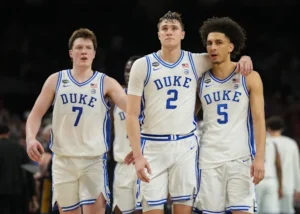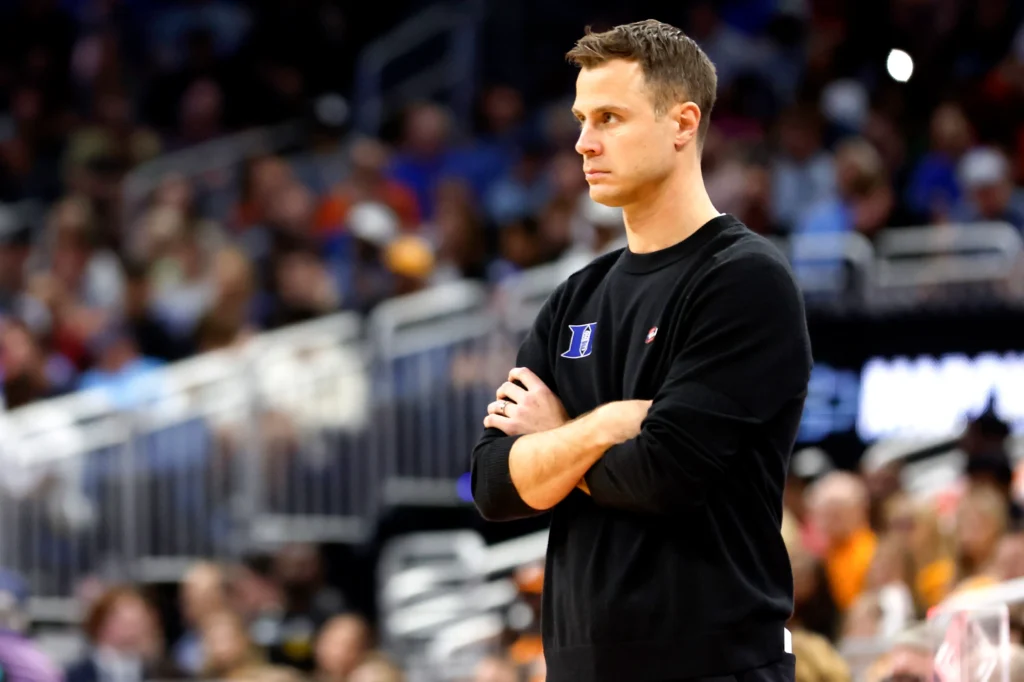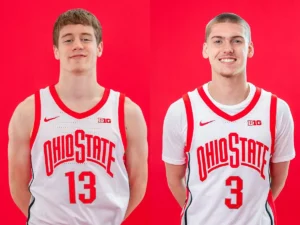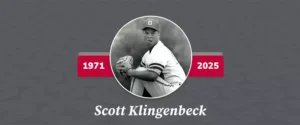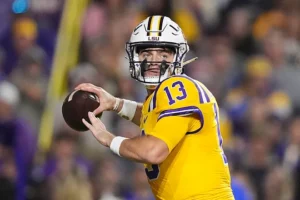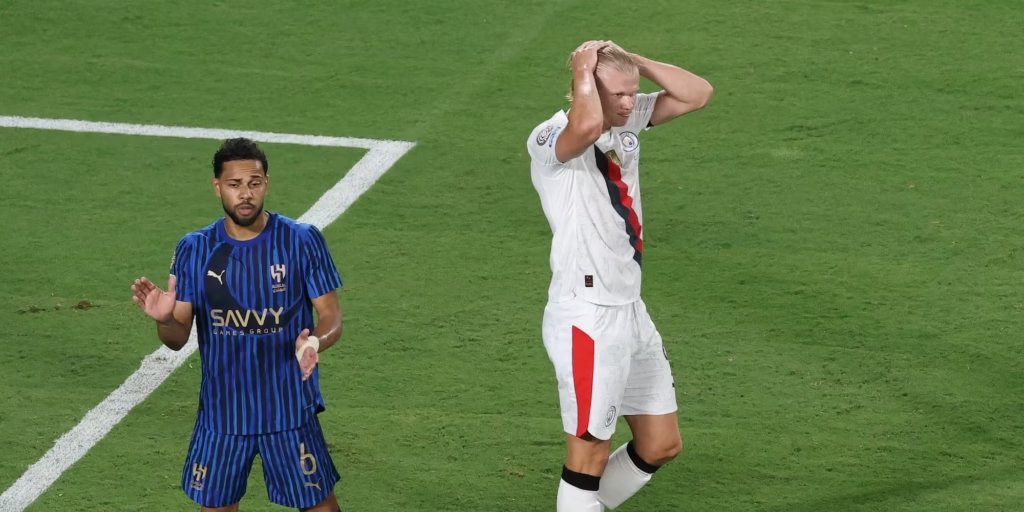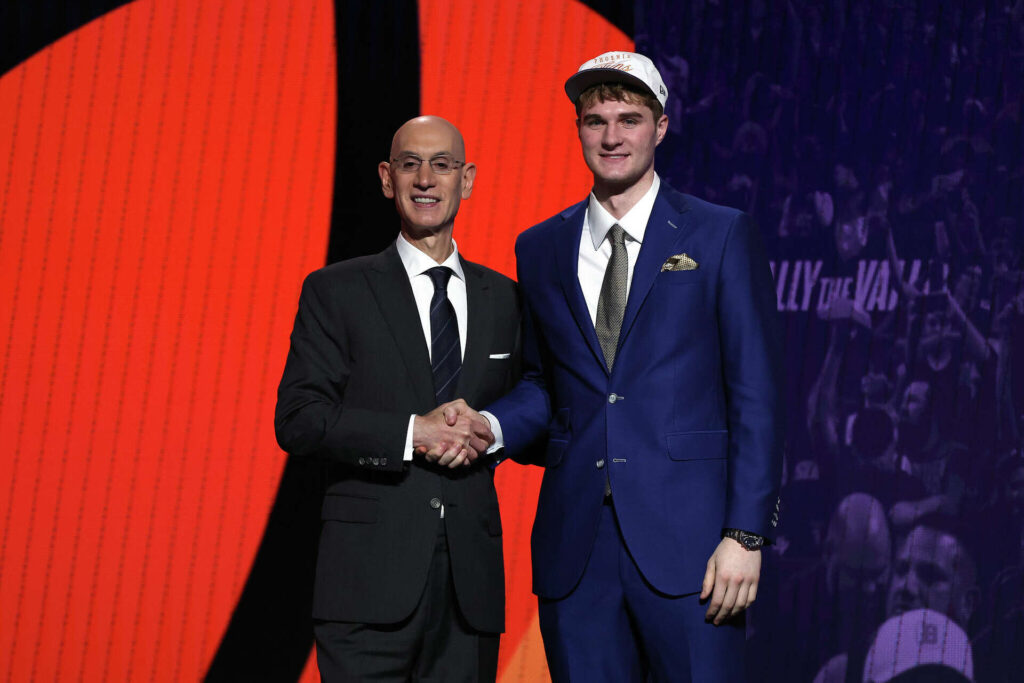
The 2025 NBA Draft brought plenty of action and intrigue, with one of the more under-the-radar but potentially impactful moves occurring at pick number 29. The Phoenix Suns selected Liam McNeeley, the skilled wing out of the University of Connecticut, only to trade his rights to the Charlotte Hornets shortly after. For a franchise like Charlotte that is actively rebuilding and searching for cornerstones, McNeeley could prove to be a significant addition in both the short and long term. The trade adds another piece to the puzzle for the Hornets, who are quietly building a core of young, dynamic players.
McNeeley arrives in the NBA following a standout freshman season at UConn, where he played a vital role in the Huskies’ system despite not always being the primary scoring option. Known for his high basketball IQ, shooting touch, and positional versatility, McNeeley projects as the type of modern NBA wing that every team is constantly looking for. His game, while not flashy, is mature beyond his years. He makes the right plays, moves well without the ball, defends multiple positions, and stretches the floor with consistent shooting mechanics and confidence.
At 6-foot-7 and 205 pounds, McNeeley brings a prototypical frame for a two-way NBA wing. While he may not be an explosive athlete in the traditional sense, his footwork, balance, and timing allow him to be effective on both ends of the floor. During his lone season with UConn, he shot 38.4% from beyond the arc, showcasing a smooth and repeatable shooting motion that bodes well for his transition to the NBA three-point line. His off-ball movement and feel for spacing also allowed him to fit seamlessly into a structured offense, something that will be invaluable at the professional level.
The decision by the Hornets to acquire McNeeley is part of a broader effort by the organization to solidify a young core that can grow together over time. With players like Brandon Miller, Mark Williams, and LaMelo Ball already in place, the addition of McNeeley offers another dimension—particularly on the wing, where shooting and defensive versatility are at a premium. The Hornets have long struggled with floor spacing and defensive consistency, two areas in which McNeeley has shown promise. His ability to play within a team concept and make winning plays without dominating the ball makes him an ideal fit for a team trying to find cohesion and identity.
While McNeeley may not have the star power of some of the top names in the 2025 draft class, his polish and potential as a high-level role player should not be overlooked. He has the look of a player who can stick in the league for a long time, potentially carving out a career similar to that of players like Joe Ingles, Mikal Bridges, or Doug McDermott in their early years. Each of those players entered the league with questions about athleticism or ceiling, yet proved invaluable due to their intelligence, consistency, and adaptability—traits McNeeley has displayed in abundance.
One of the most compelling aspects of McNeeley’s game is his passing ability. Despite playing off the ball for much of his freshman year, he regularly demonstrated excellent vision and unselfishness. Whether it was making the extra pass to an open shooter, delivering a quick touch pass out of a double team, or hitting a cutter in stride, McNeeley showed that he’s more than just a catch-and-shoot threat. He reads the game well and processes plays quickly, traits that should help him adapt to the faster, more complex schemes of the NBA.
Defensively, McNeeley uses his length and anticipation to stay in front of opposing wings and disrupt passing lanes. He is not the type of defender who relies on elite lateral quickness or leaping ability, but instead uses positioning, timing, and effort to make plays. His on-ball defense held up well against high-level college competition, and he frequently rotated correctly and communicated effectively within UConn’s schemes. These fundamentals are critical at the NBA level, particularly for a young team like Charlotte that has struggled with defensive discipline and rotations in recent seasons.
For the Hornets, this trade also signals a thoughtful approach to team-building. Rather than swinging for the fences or taking a high-risk, high-reward player at the end of the first round, Charlotte opted for a player with a high floor, who fits a specific role and style of play. This type of strategic drafting shows that the Hornets are beginning to align their draft strategy with their developmental goals. Having a player like McNeeley, who can contribute in a number of ways without needing plays run for him, provides valuable glue that holds a young roster together.
From McNeeley’s perspective, landing in Charlotte could be an ideal scenario. While the team is still in the process of rebuilding and re-establishing a winning culture, there is plenty of opportunity for minutes and development. The coaching staff can afford to be patient and experimental, giving McNeeley the chance to grow into his role gradually without being thrust into high-pressure situations immediately. At the same time, his skill set should earn him minutes early on, especially if he continues to defend and shoot at the level he displayed in college.
McNeeley’s approach to the game is also a strong fit for the modern NBA, which increasingly values players who can stretch the floor, defend multiple positions, and move the ball. He may never be a team’s first or even second scoring option, but his presence can elevate the play of those around him by keeping the floor spaced and making smart decisions. He is a player who coaches trust, and that kind of reliability can earn rotation minutes quickly—especially on a team looking to solidify its identity.
The fact that Phoenix, a team with championship aspirations and a tight salary cap, chose to draft McNeeley speaks to the perceived value he brings. However, in trading his rights to Charlotte, the Suns likely saw more immediate needs that McNeeley was unlikely to address. That decision opens the door for the Hornets to benefit from what could be a short-sighted move by a team in win-now mode. Time will tell, but this could be one of those trades that quietly shifts a team’s trajectory over several years.
In many ways, McNeeley is emblematic of a new wave of NBA players—highly skilled, mentally mature, team-oriented, and unselfish. His path from a high-profile high school recruit, through a successful college season, and into the NBA has been marked by steady progress and a lack of drama. He’s the type of player who lets his game do the talking, and that’s exactly what a franchise like the Hornets needs as they try to move past years of inconsistency and underperformance.
The real value of this pick won’t be known for a few years, but all signs point toward McNeeley being a reliable contributor who could grow into an even more significant role. His development will depend on how quickly he can adjust to the speed and physicality of the NBA, and whether he can continue to improve his shot-making, especially under pressure. If he can do that, the Hornets may have found a key piece to complement their young stars and support a long-awaited return to playoff relevance.
As the dust settles from the 2025 NBA Draft, Charlotte’s acquisition of Liam McNeeley stands out as one of the smarter, more disciplined moves made during the first round. In a league increasingly dominated by wings who can shoot, pass, and defend, McNeeley checks all the right boxes. He may not make headlines immediately, but his presence could become foundational for a Hornets team looking to build something sustainable. For a franchise eager to turn the corner, adding a player like McNeeley is not just smart—it might be essential.
